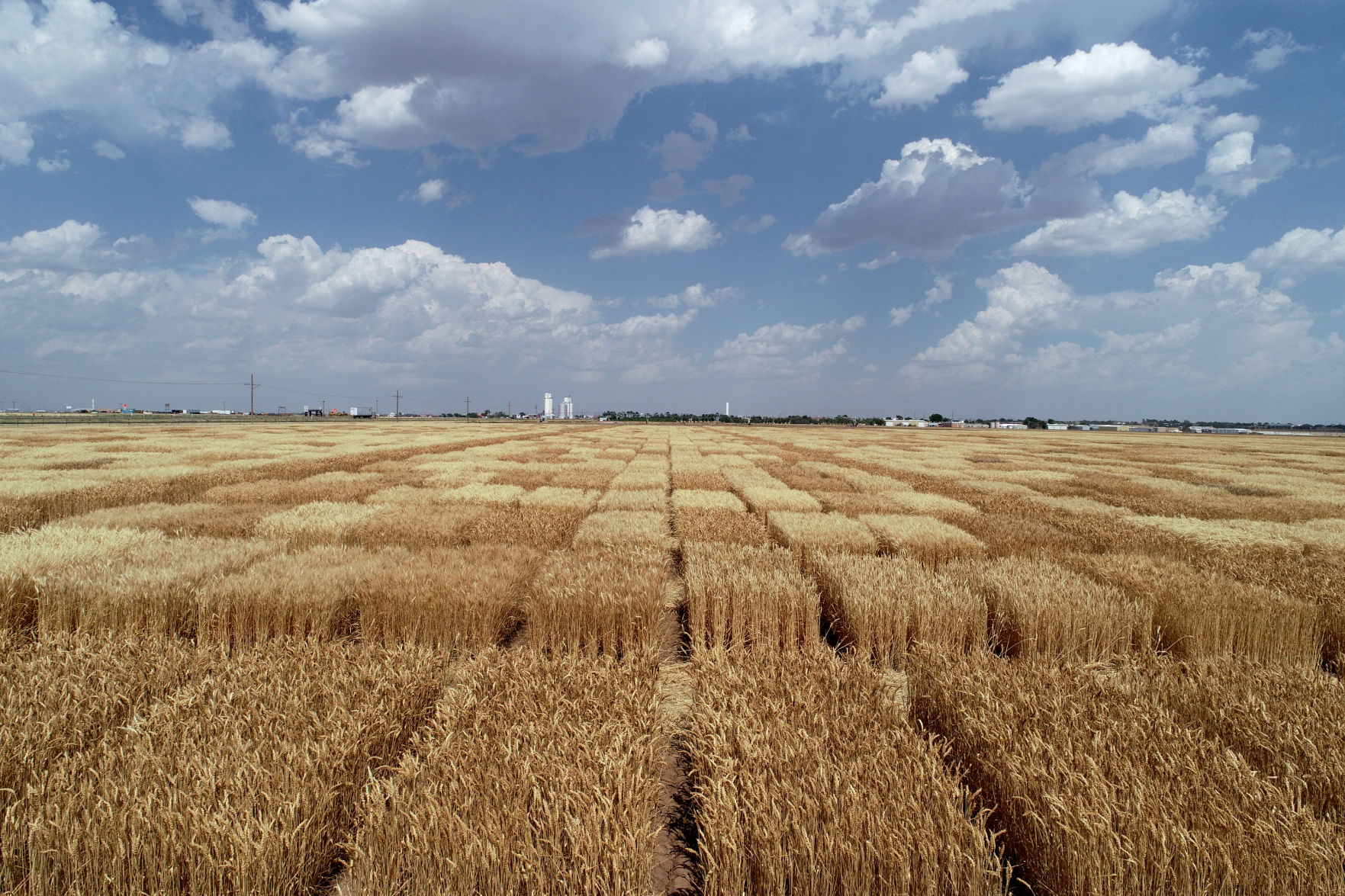Each year, experts with the Texas A&M AgriLife Extension Service and Texas A&M AgriLife Research jointly provide wheat producers across the High Plains their “Top Picks” list for varieties with the highest potential before planting time.
The summaries are derived from wheat variety trials coordinated by the Texas A&M AgriLife wheat breeding program in Amarillo, with funding provided by variety trial entry fees as well as the Texas Wheat Producers Board.
Picks are based on yield performance and consistency from over 30 multiyear, multisite irrigated and dryland trials harvested from 2015-2018. Test sites range from Lamesa to Perryton and west to Clovis, New Mexico.
In the High Plains, picks for full irrigation include TAM 113, TAM 114, TAM 304, Iba and Winterhawk. Top limited-irrigation picks are TAM 112, TAM 113, TAM 114, Iba, T158 and Winterhawk. Top dryland varieties are the TAM 112, TAM 113, TAM 114 and T158, along with the addition of two new ones this year, WB4721 and LCS Mint.
Calvin Trostle, AgriLife Extension agronomist in Lubbock, said WB Grainfield, Winterhawk and Iba were removed from the previous dryland list because their long-term performance has flattened out, while WB4721 and LCS Mint were added to the list.
“Pick” varieties with a minimum of three years in the Texas A&M AgriLife High Plains tests continue to yield six to 10 percent better as a group than all other varieties in both irrigated and dryland tests, according to the selection team.
Trostle said the experts also keep a two- and three-year “watch list” of varieties that might eventually make the Top Picks list. Denali, a Colorado line that was not entered in the 2017-2018 trials, was taken off the watch list this year and PlainsGold Avery and Long Branch were added for dryland production.
Jourdan Bell, AgriLife Extension agronomist in Amarillo, said Picks varieties are stable performers over several years, so producers are encouraged to consider them when purchasing new seed.
“Adding a Pick variety with a specific disease package or maturity that contrasts with your current variety would be a good complement to your overall program,” Bell said.
Across the Texas High Plains, much of the early wheat planted in September for dual-purpose production was drilled into good soil moisture resulting in good stands and good early forage production, she said. However, rain subsided in October, and much of the late wheat was dry sowed.
The drought persisted across the Texas High Plains with the winter of 2017-2018 being one of the driest winters on record. Due to drought and lack of forage, producers pulled cattle off dryland wheat earlier than anticipated.
Heavy fall forage production depleted soil water and deteriorated wheat conditions, especially on dryland acres, with many dryland fields not recovering, Bell said. With irrigation, many producers maintained forage and grain production. Some producers received localized rain in April and May that helped carry dryland wheat.
In several areas, dry-sowed winter wheat did not germinate until April, she said. Spring temperatures were above average, especially during pollination and early grain development. Yields of early planted ungrazed dryland wheat that established normally, if harvested, ranged from 10 to 20 bushels per acre.
“Amazingly, a few yields on dryland wheat topped 30 bushels per acre even though in-season rainfall was at best 2 inches,” Trostle said. “This is a testament to the value of deep soil moisture that carried the crop. Irrigated wheat ranged from 50 to 100 bushels per acre, depending on irrigation capacity.”
The AgriLife High Plains Wheat Picks over the years often only include one or two changes from previous years because multiyear data contributes to selection and wheat varieties tend to be available over many years, said Dr. Jackie Rudd, AgriLife Research wheat breeder in Amarillo.
“There can be good and bad years where a single variety might suffer or excel, but by taking the long-term look at them at multiple locations, we can better identify those that will have a more consistent performance,” Rudd said.
TAM 112 has had average performance most years and poor in 2017, but it was very good in 2018, he said. Due to greenbug tolerance and wheat curl mite/wheat streak mosaic virus tolerance, it continues to have an important role in High Plains wheat production.
Also, Rudd stressed this list is for grain production only. Although beardless TAM 204 is not on the picks list because of marginal bread-making quality, “it is an excellent choice for grazing.”
Full wheat variety testing results for the High Plains are posted on amarillo.tamu.edu and http://lubbock.tamu.edu.




